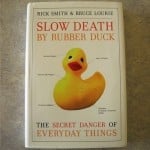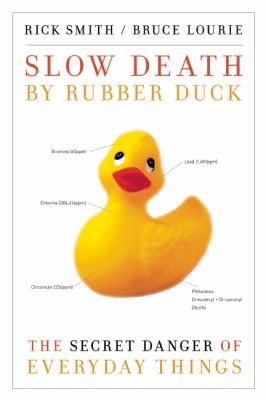


"And all this I would do, I hoped, without leaving my desk."īut Hohn's research led him on an odyssey that took him from Seattle to Alaska to Hawaii - and then onto China and the Arctic. "I figured I'd interview a few oceanographers, talk to a few beachcombers, read up on ocean currents and Arctic geography and then write an account of the incredible journey of the bath toys lost at sea," he tells Fresh Air's Dave Davies. Thirteen years later, journalist Donovan Hohn undertook a mission: He wanted to track the movements of the wayward ducks, from the comfort of his own living room. Currents took them, and news reports said some may have eventually reached Maine and other shores on the Atlantic.

In 1992, a cargo ship container tumbled into the North Pacific, dumping 28,000 rubber ducks and other bath toys that were headed from China to the U.S. What happened to them is the subject of Donovan Hohn's book Moby-Duck. In 1992, 28,800 rubber ducks were lost at sea.


 0 kommentar(er)
0 kommentar(er)
